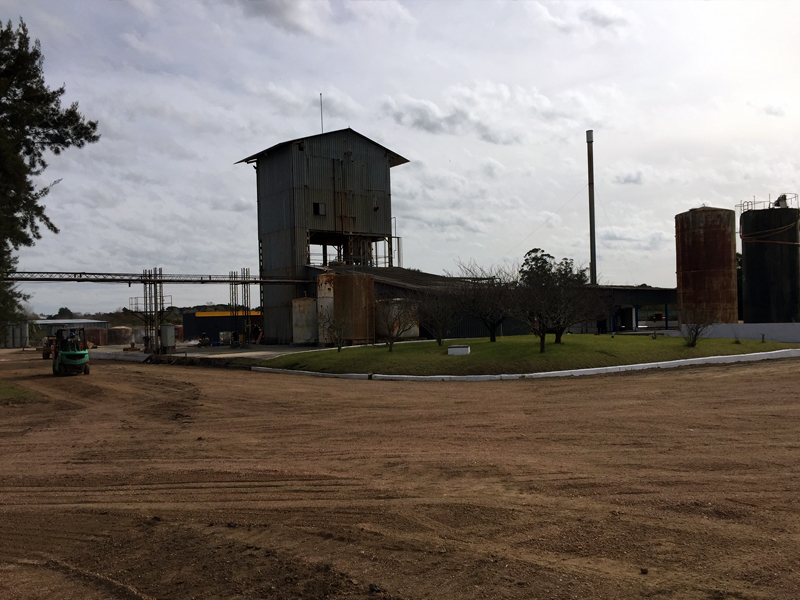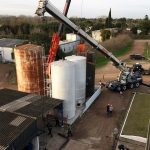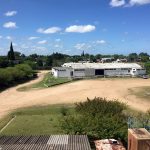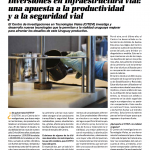12th CONGRESS OF ROADS URUGUAYA
On 25, 26 and 27 September, the biannual conference of the Uruguayan Association of Roads was performed.
LATU again in the more than 350 players in the Uruguayan roads were present to exchange and learn about the latest developments in local infrastructure, maintenance, mobility, road safety and artwork, among other topics.
The same Bitafal Group participated in the exhibition presenting the new rheometer (DSR) of CITEVI well as new products supported by this equipment as are the HIMA, the PG 70-28 and new level of performance emulsions (EPG) . Technical presentations were linked to the performance of the above products and the recently published book "High Performance Surface Treatments".
The opening of the Congress was delivered by President of the AUC, Ing. Gerardo Fernandez, Minister of Transport, Víctor Rossi, Director of Mobility of the IMM, Pablo Inthamoussú, the Director of LATU and IDB representative for Uruguay.
Special conferences were given by Ing. Maria Mar Colas, from CEPSA and ATEB(Spain) “Surface treatments with asphalt emulsions for low-traffic highways”, by Mr. Jorge Setelich (Undersecretary of Transport and Public Works, Uruguay) “Central Railway Project – Uruguay in progress”, from Ec. Gonzalo Márquez (Municipal Government of Montevideo, Uruguay) “Electric Mobility in Montevideo: Where are we and where are we going?”, by Ing. Fabián Schvartzer (Independent Consultant, Argentina) with “Contribution of high-performance geocells in the calculation of pavement structures” and Dr. Ing. José Ramón Marcobal (SACYR, Spain) “Contributions to pavement engineering in Uruguay: a look towards the future”
In addition a thematic table "Proposals of Political Parties for the sector" where representatives gave their vision of how we are and proposals for the next period of government was conducted.
Within the thematic blocks, more than 30 technical papers on Transport, Road Safety, Structures, management and maintenance as well as pavements are presented.
The BITAFAL Group participated with four technical papers on "Surface treatments High Performance", "Advanced study of mixtures using different asphalts", "New asphalt emulsions level of performance" and "Recycling with cement and multiple treatments locked" together with the DNV.
At the close of the Congress there was a distinction as the best work of the Congress "Implementation of a mechanistic-empirical method for pavement design in Uruguay" of Ing. Martin Scavone and Gerardo Flintsch.
The novelty of the exhibition was that the outdoor showed new Wirtgen KMA 220 recent acquisition of CVC for recycling mixtures using foamed bitumen.
We look forward to the next Congress of Roads Uruguaya that possibly be done with the IBWC XXI.





















































































